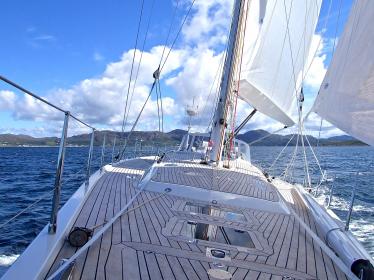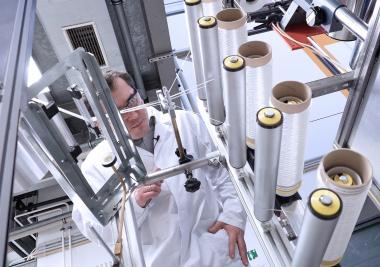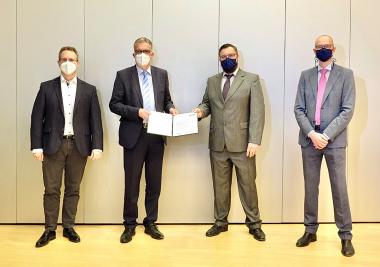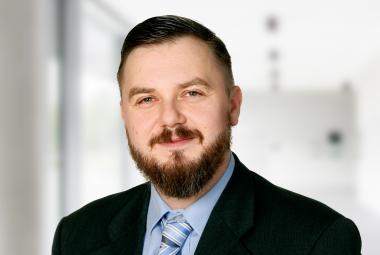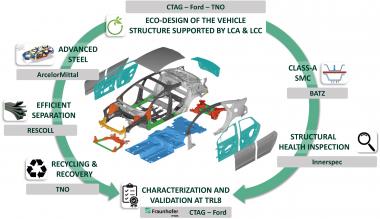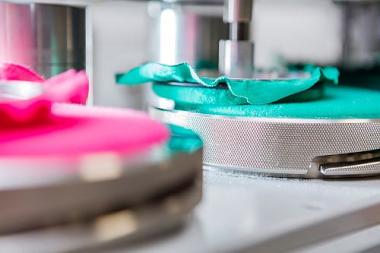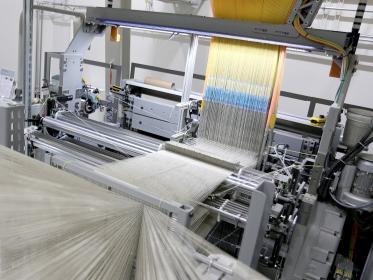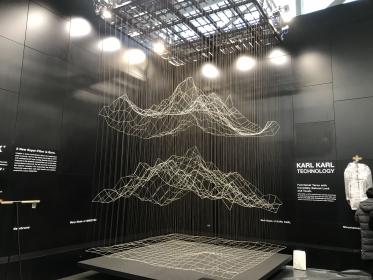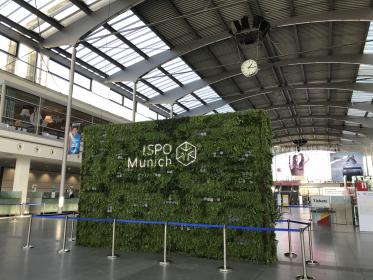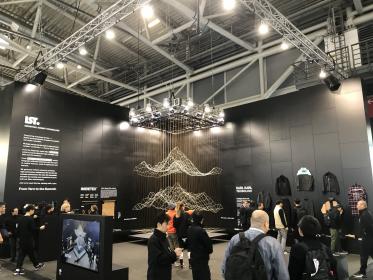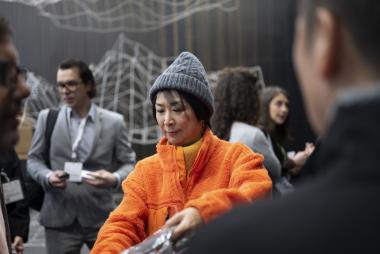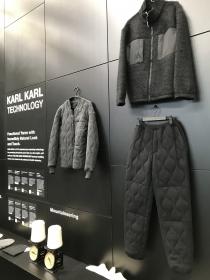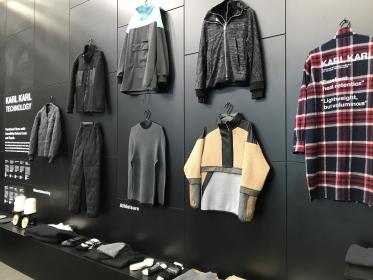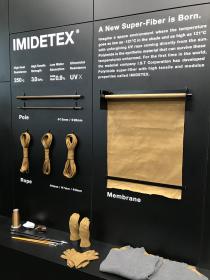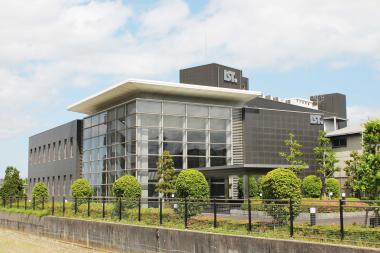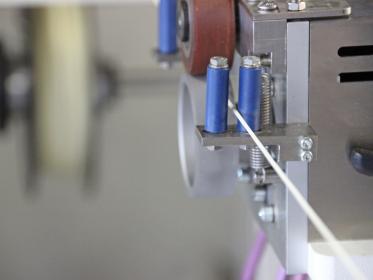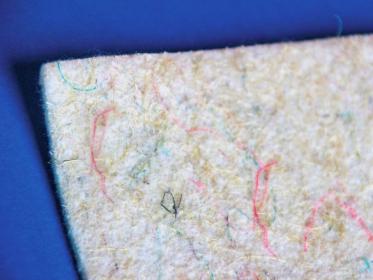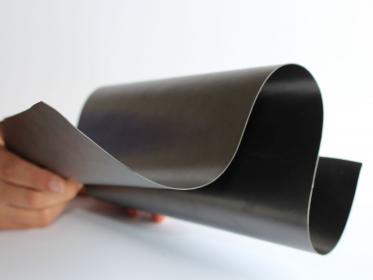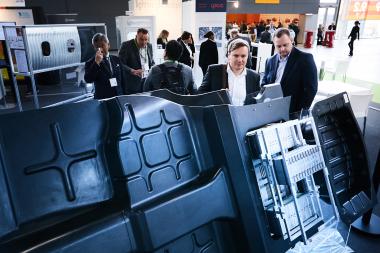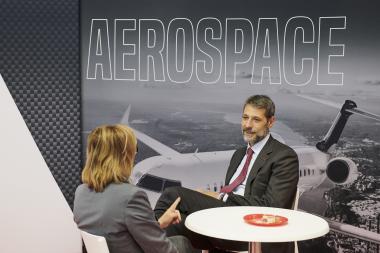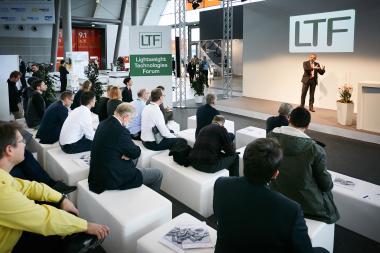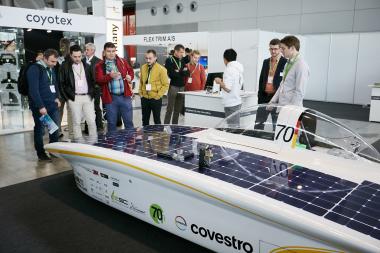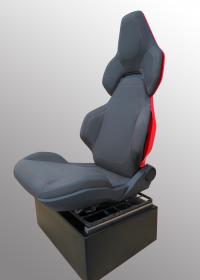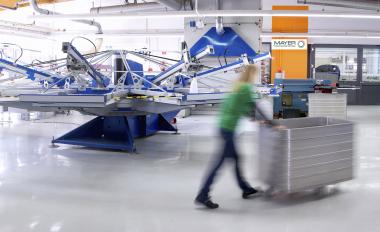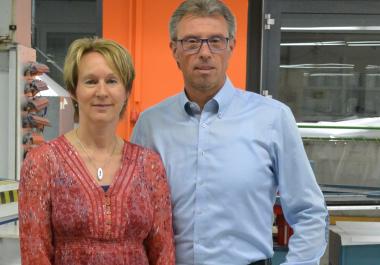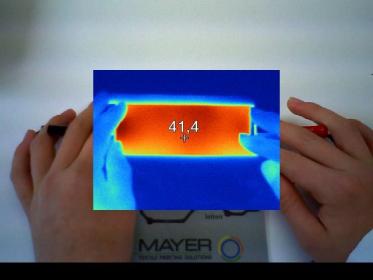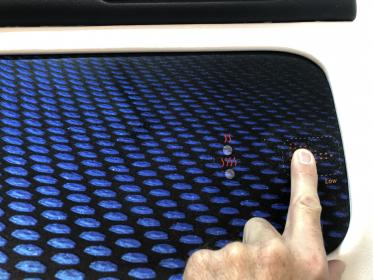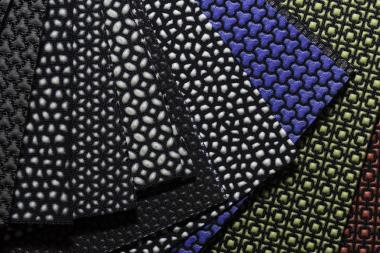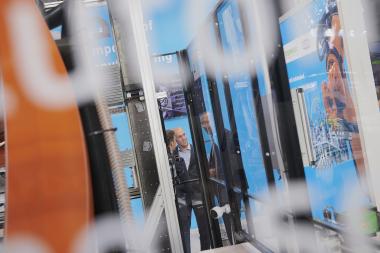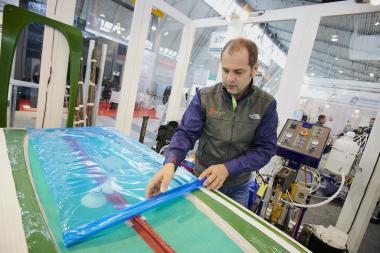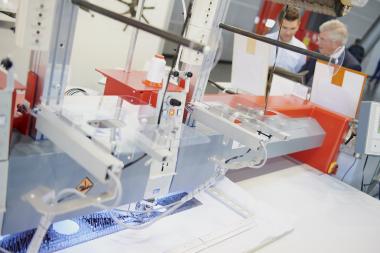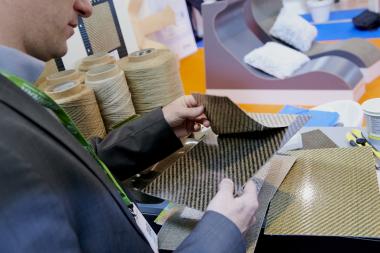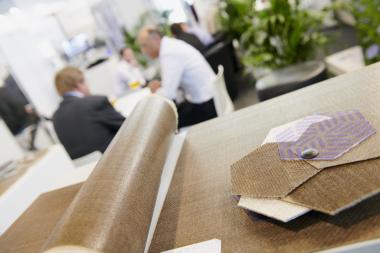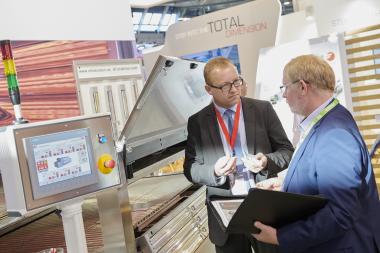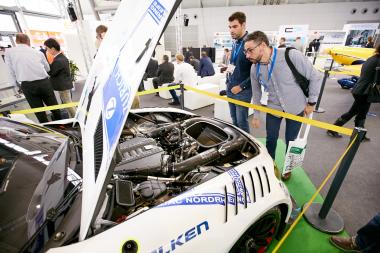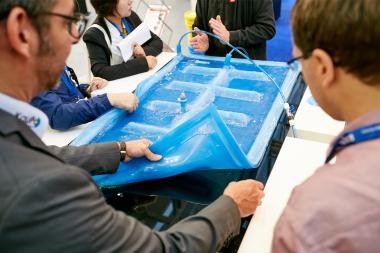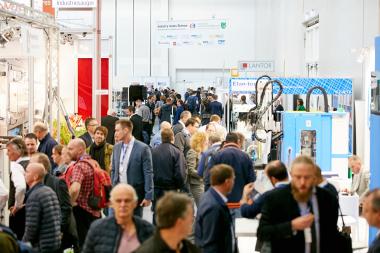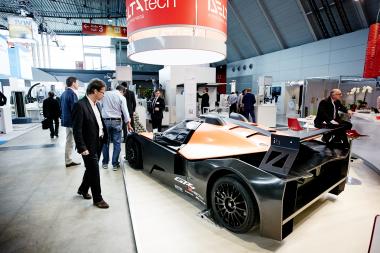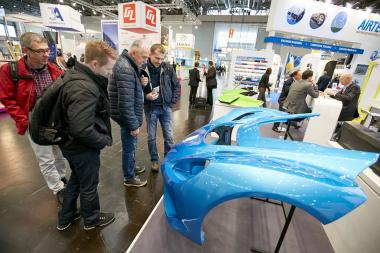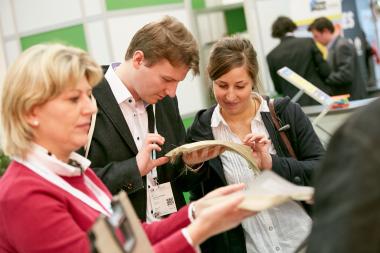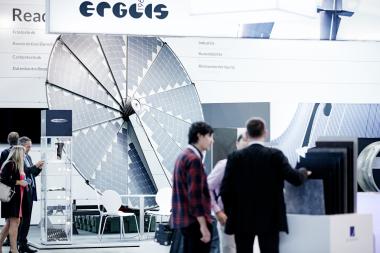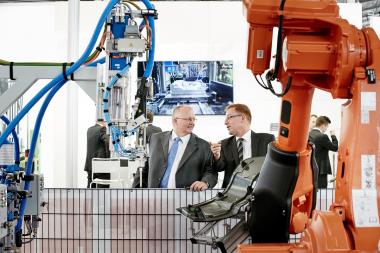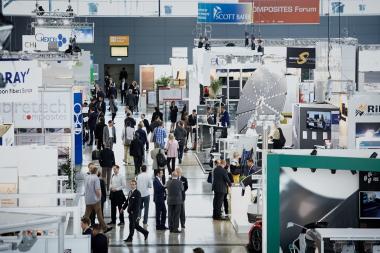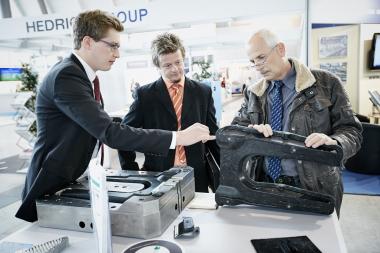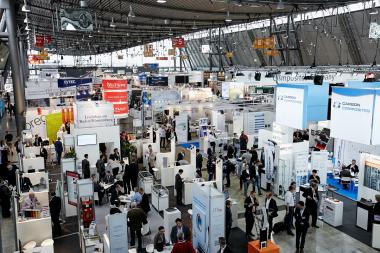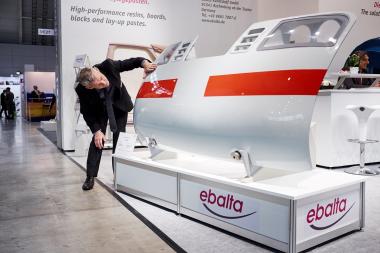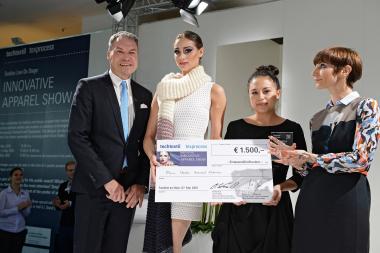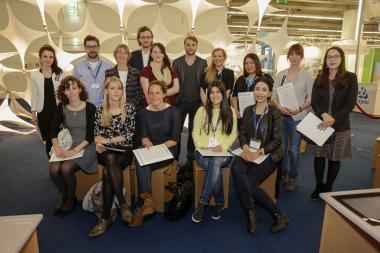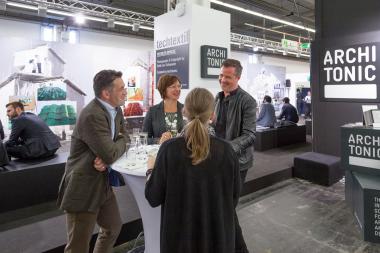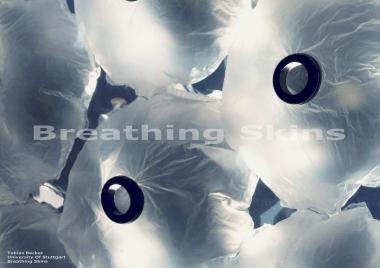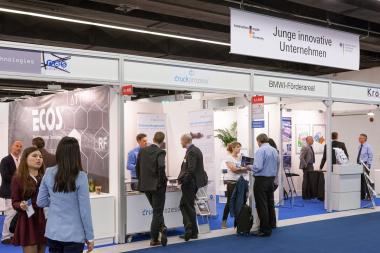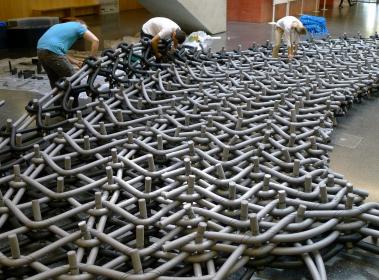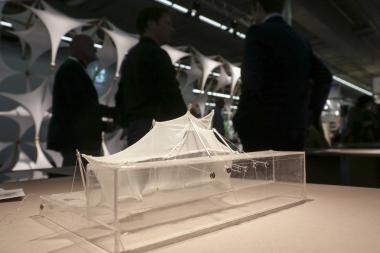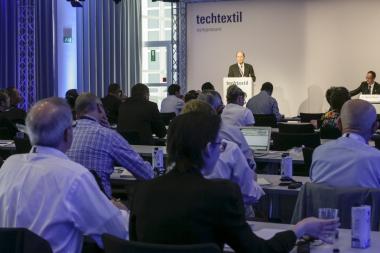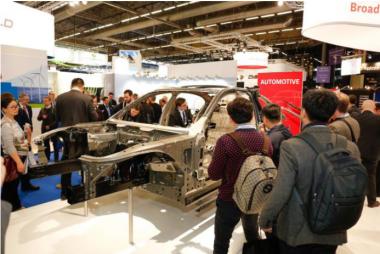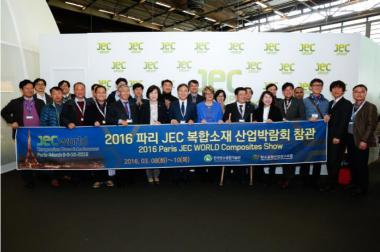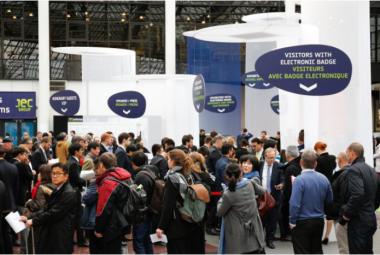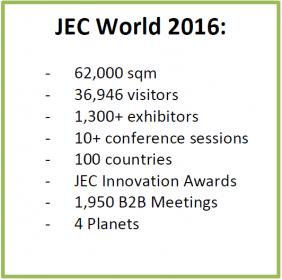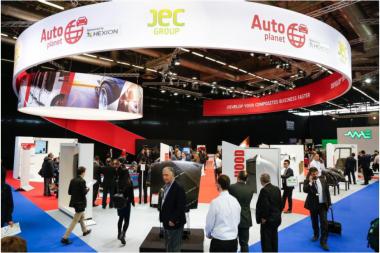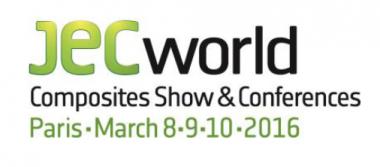Toray Industries: A Concept to change Lives
Founded in January 1926, Tokyo-based Japanese chemical company Toray Industries, Inc. is known as the world's largest producer of PAN (polyacrylonitrile)-based carbon fibers. But its overall portfolio includes much more. Textination spoke with Koji Sasaki, General Manager of the Textile Division of Toray Industries, Inc. about innovative product solutions, new responsibilities and the special role of chemical companies in today's world.
Toray Industries is a Japanese company that - originating in 1926 as a producer of viscose yarns - is on the home stretch to its 100th birthday. Today, the Toray Group includes 102 Japanese companies and 180 overseas. They operate in 29 countries. What is the current significance of the fibers and textiles business unit for the success of your company?
The fibers’ and textiles’ business is both the starting point and the foundation of Toray's business development today. We started producing viscose yarns in 1926 and conducted our own research and development in nylon fibers as early as 1940. And since new materials usually require new processing methods, Toray also began investing in its own process technology at an early stage. On the one hand, we want to increase our sales, and on the other hand, we want to expand the application possibilities for our materials. For this reason, Toray also began to expand its business from pure fibers to textiles and even clothing. This allows us to better respond to our customers' needs while staying at the forefront of innovation.
Over the decades, Toray has accumulated a great deal of knowledge in polymer chemistry and organic synthesis chemistry - and this know-how is the foundation for almost all of our other business ventures. Today, we produce a wide range of advanced materials and high-value-added products in plastics, chemicals, foils, carbon fiber composites, electronics and information materials, pharmaceuticals, medicine and water treatment. However, fibers and textiles remain our most important business area, accounting for around 40% of the company's sales.
What understanding, what heritage is still important to you today? And how do you live out a corporate philosophy in the textile sector that you formulate as "Contributing to society through the creation of new value with innovative ideas, technologies and products"?
Toray has consistently developed new materials that the world has never seen before. We do this by focusing on our four core technologies: Polymer chemistry, organic synthetic chemistry, biotechnology and nanotechnology. We do this by focusing on our four core technologies: Polymer chemistry, organic synthetic chemistry, biotechnology and nanotechnology. For textiles, this means we use new polymer structures, spinning technologies and processing methods to develop yarns with unprecedented properties. We always focus on the needs and problems of the market and our customers.
This approach enables us to integrate textiles with new functions into our everyday lives that natural fibers and materials cannot accomplish. For example, we offer sportswear and underwear that absorb water excellently and dry very quickly, or rainwear and outdoor clothing with excellent water-repellent properties that feature a less bulky inner lining. Other examples include antibacterial underwear, uniforms, or inner linings that provide a hygienic environment and reduce the growth of odor-causing bacteria. People enjoy the convenience of these innovative textiles every day, and we hope to contribute to their daily comfort and improve their lives in some way.
In 2015, the United Nations adopted 17 sustainable development goals – simply known as the 2030 Agenda, which came into force on January 01, 2016. Countries were given 15 years to achieve them by 2030. In your company, there is a TORAY VISION 2030 and a TORAY SUSTAINABILITY VISION. How do you apply these principles and goals to the textile business? What role does sustainability play for this business area?
Sustainability is one of the most important issues facing the world today - not only in the textile sector, but in all industries. We in the Toray Group are convinced that we can contribute to solving various problems in this regard with our advanced materials. At the same time, the trend towards sustainability offers interesting new business approaches. In our sustainability vision, we have set four goals that the world should achieve by 2050. And we have defined which problems need to be addressed to achieve this.
We must:
- accelerate measures to combat climate change,
- implement sustainable, recycling-oriented solutions in the use of resources and in production,
- provide clean water and air, and
- contribute to better healthcare and hygiene for people around the world.
We will drive this agenda forward by promoting and expanding the use of materials that respond to environmental issues. In the textile sector, for example, we offer warming and cooling textiles – by eliminating the need for air conditioning or heating in certain situations, they can help reduce energy costs. We also produce environmentally friendly textiles that do not contain certain harmful substances such as fluorine, as well as textiles made from biomass, which use plant-based fibers instead of conventional petrochemical materials. Our product range also includes recycled materials that reduce waste and promote effective use of resources.
The TORAY VISION 2030, on the other hand, is our medium-term strategic plan and looks at the issue of sustainability from a different angle: Toray has defined the path to sustainable and healthy corporate growth in it. In this plan, we are focusing on two major growth areas: Our Green Innovation Business, which aims to solve environmental, resource and energy problems, and the Life Innovation Business, which focuses on improving medical care, public health, personal safety and ultimately a longer expectancy of life.
Innovation by Chemistry is the claim of the Toray Group. In a world where REACH and Fridays for Future severely restrict the scope of the chemical industry, the question arises as to what position chemistry can have in the textile industry. How do chemistry, innovation and sustainability fit together here?
The chemical industry is at a turning point today. The benefits that this industry can bring to civilization are still enormous, but at the same time, disadvantages such as the waste of resources and the negative impact on the environment and ecosystems are becoming increasingly apparent. In the future, the chemical industry will have to work much more towards sustainability - there is no way around it.
As far as textiles are concerned, we believe there are several ways to make synthetic materials more sustainable in the future. One of these, as I said, is materials made from plants instead of petrochemical raw materials. Another is to reduce the amount of raw materials used in production in the first place – this can be achieved, for example, by collecting and recycling waste materials from production or sales. Biodegradable materials that reduce the impact of waste products on the environment are another option worth pursuing, as is the reduction of environmentally harmful substances used in the production process. We are already looking at all of these possibilities in Toray's synthetic textiles business. At the same time, by the way, we make sure to save energy in our own production and minimize the impact on the environment.
Toray's fibers & textiles segment focuses on synthetic fibers such as nylon, polyester and acrylic, as well as other functional fibers. In recent years, there has been a clear trend on the market towards cellulosic fibers, which are also being traded as alternatives to synthetic products. How do you see this development – on the one hand for the Toray company, and on the other hand under the aspect of sustainability, which the cellulosic competitors claim for themselves with the renewable raw material base?
Natural fibers, including cellulose fibers and wool, are environmentally friendly in that they can be easily recycled and are rapidly biodegradable after disposal. However, to truly assess their environmental impact, a number of other factors must also be considered: Primarily, there is the issue of durability: precisely because natural fibers are natural, it is difficult to respond to a rapid increase in demand, and quality is not always stable due to weather and other factors.
Climatic changes such as extreme heat, drought, wind, floods and damages from freezing can affect the quantity and quality of the production of natural fibers, so that the supply is not always secured. In order to increase production, not only does land have to be cleared, but also large amounts of water and pesticides have to be used to cultivate it – all of which is harmful to the environment.
Synthetic fibers, on the other hand, are industrial products manufactured in controlled factory environments. This makes it easier to manage fluctuations in production volume and ensure consistent quality. In addition, certain functional properties such as resilience, water absorption, quick drying and antibacterial properties can be embedded into the material, which can result in textiles lasting longer in use.
So synthetic fibers and natural fibers, including cellulose fibers, have their own advantages and disadvantages – there is no panacea here, at least not at the moment. We believe: It is important to ensure that there are options that match the consumer's awareness and lifestyle. This includes comfort in everyday life and sustainability at the same time.
To what extent has the demand for recycled products increased? Under the brand name &+™, Toray offers a fiber made from recycled PET bottles. Especially with the "raw material base: PET bottles", problems can occur with the whiteness of the fiber. What distinguishes your process from that of other companies and to what extent can you compete with new fibers in terms of quality?
During the production of the "&+" fiber, the collected PET bottles are freed from all foreign substances using special washing and filtering processes. These processes have not only allowed us to solve the problem of fiber whiteness – by using filtered, high-purity recycled polyester chips, we can also produce very fine fibers and fibers with unique cross sections. Our proven process technologies can also be used to incorporate specific textures and functions of Toray into the fiber. In addition, "&+" contains a special substance in the polyester that allows the material to be traced back to the recycled PET bottle fibers used in it.
We believe that this combination of aesthetics, sustainability and functionality makes the recycled polyester fiber "&+" more competitive than those of other companies. And indeed, we have noticed that the number of requests is steadily increasing as companies develop a greater awareness of sustainability as early as the product planning stage.
How is innovation management practiced in Toray's textile division, and which developments that Toray has worked on recently are you particularly proud of?
The textile division consists of three sub-divisions focusing on the development and sale of fashion textiles (WOMEN'S & MEN'S WEAR FABRICS DEPT.), sports and outdoor textiles (SPORTS WEAR & CLOTHING MATERIALS FABRICS DEPT.) and, specifically for Japan, textiles for uniforms used in schools, businesses and the public sector (UNIFORM & ADVANCED TEXTILES DEPT.).
In the past, each division developed its own materials for their respective markets and customers. However, in 2021, we established a collaborative space to increase synergy and share information about textiles developed in different areas with the entire department. In this way, salespeople can also offer their customers materials developed in other departments and get ideas for developing new textiles themselves.
I believe that the new structure will also help us to respond better to changes in the market. We see, for example, that the boundaries between workwear and outdoor are blurring – brands like Engelbert Strauss are a good example of this trend. Another development that we believe will accelerate after the Corona pandemic is the focus on green technologies and materials. This applies to all textile sectors, and we need to work more closely together to be at the forefront of this.
How important are bio-based polyesters in your research projects? How do you assess the future importance of such alternatives?
I believe that these materials will play a major role in the coming years. Polyester is made from purified terephthalic acid (PTA), which again consists of paraxylene (PX) and ethylene glycol (EG). In a first step, we already offer a material called ECODEAR™, which uses sugar cane molasses waste as a raw material for EG production.
About 30% of this at least partially bio polyester fiber is therefore biologically produced, and the material is used on a large scale for sportswear and uniforms. In the next step, we are working on the development of a fully bio-based polyester fiber in which the PTA component is also obtained from biomass raw materials, such as the inedible parts of sugar cane and wood waste.
Already in 2011, we succeeded in producing a prototype of such a polyester fiber made entirely from biomass. However, the expansion of production at the PX manufacturer we are working with has proven to be challenging. Currently, we are only producing small sample quantities, but we hope to start mass production in the 2020s.
Originally starting with yarn, now a leading global producer of synthetic fibers for decades, you also work to the ready-made product. The range extends from protective clothing against dust and infections to smart textiles and functional textiles that record biometric data. What are you planning in these segments?
In the field of protective clothing, our LIVMOA™ brand is our flagship material. It combines high breathability to reduce moisture inside the garment with blocking properties that keep dust and other particles out. The textile is suitable for a wide range of work environments, including those with high dust or grease levels and even cleanrooms. LIVMOA™ 5000, a high quality, also demonstrates antiviral properties and helps to ease the burden on medical personnel. The material forms an effective barrier against bacteria and viruses and is resistant to hygroscopic pressure. Due to its high breathability, it also offers high wearing comfort.
Our smart textile is called hitoe™. This highly conductive fabric embeds a conductive polymer – a polymer compound that allows electricity to pass through - into the nanofiber fabric. hitoe™ is a high-performance material for detecting biosignals, weak electrical signals that we unconsciously emit from our bodies.
In Japan, Toray has developed products for electrocardiographic measurements (ECGs) that meet the safety and effectiveness standards of medical devices. And in 2016, we submitted an application to the Japanese medical administrative authorities to register a hitoe™ device as a general medical device – this registration process is now complete. Overall, we expect the healthcare sector, particularly medical and nursing applications, to grow – not least due to increasing infectious diseases and growing health awareness among the elderly population. We will therefore continue to develop and sell new products for this market.
In 1885, Joseph Wilson Swan introduced the term "artifical silk" for the nitrate cellulose filaments he artificially produced. Later, copper, viscose and acetate filament yarns spun on the basis of cellulose were also referred to as artifical silk. Toray has developed a new innovative spinning technology called NANODESIGN™, which enables nano-level control of the fineness and shape of synthetic fibers. This is expected to create functions, aesthetics and textures that have not existed before. For which applications do you intend to use these products?
In NANODESIGN™ technology, the polymer is split into a number of microscopic streams, which are then recombined in a specific pattern to form a new fiber. By controlling the polymer flow with extreme precision, the fineness and cross-sectional shape of the fiber can be determined much more accurately than was previously possible with conventional microfiber and nanofiber spinning technologies. In addition, this technology enables the combination of three or more polymer types with different properties in one fiber – conventional technologies only manage two polymer types. This technology therefore enables Toray to specify a wide range of textures and functions in the production of synthetic fibers that were not possible with conventional synthetic fibers – and even to outperform the texture and feel of natural fibers. Kinari, our artificial silk developed with NANODESIGN technology, is a prime example here, but the technology holds many more possibilities – especially with regard to our sustainability goals.
What has the past period of the pandemic meant for Toray's textile business so far? To what extent has it been a burden, but in which areas has it also been a driver of innovation? What do you expect of the next 12 months?
The Corona catastrophe had a dramatic impact on the company's results: The Corona catastrophe had a dramatic impact on the company's results: In the financial year 2020, Toray's total sales fell by about 10% to 188.36 billion yen (about 1.44 billion euros) and operating profit by about 28% to 90.3 billion yen (about 690 million euros). The impact on the fiber and textile business was also significant, with sales decreasing by around 13% to 719.2 billion yen (approx. 5.49 billion euros) and operating profit by around 39% to 36.6 billion yen (approx. 280 million euros).
In the financial year 2021, however, the outlook for the fibers and textiles sector is significantly better: So far, the segment has exceeded its goals overall, even if there are fluctuations in the individual areas and applications. In the period from April to June, we even returned to the level of 2019. This is partly due to the recovering sports and outdoor sector. The fashion apparel market, on the other hand, remains challenging due to changing lifestyles that have brought lock-downs and home-office. We believe that a full recovery in business will not occur until the travel and leisure sector returns to pre-Corona levels.
Another side effect of the pandemic that we feel very strongly, is the growing concern about environmental issues and climate change. As a result, the demand for sustainable materials has also increased in the apparel segment. In the future, sustainability will be mandatory for the development and marketing of new textiles in all market segments. Then again, there will always be the question of how sustainable a product really is, and data and traceability will become increasingly important. In the coming years, the textile division will keep a close eye on these developments and develop materials that meet customers' needs.
About the person:
Koji Sasaki joined Toray in 1987. In his more than 30 years with the company, he has held various positions, including a four-year position as Managing Director of Toray International Europe GmbH in Frankfurt from 2016 to 2020. Since 2020, Koji Sasaki has been responsible for Toray's textile division and serves as acting chairman of Toray Textiles Europe Ltd. In these roles, he supervises the company's development, sales and marketing activities in the apparel segment, including fashion, sports and work or school uniforms.
The interview was conducted by Ines Chucholowius, Managing partner Textination GmbH
Toray Industries Toray Sustainability Sustainable Development Goals Textile and clothing industry Sportswear Outdoor chemicals
Textination GmbH



